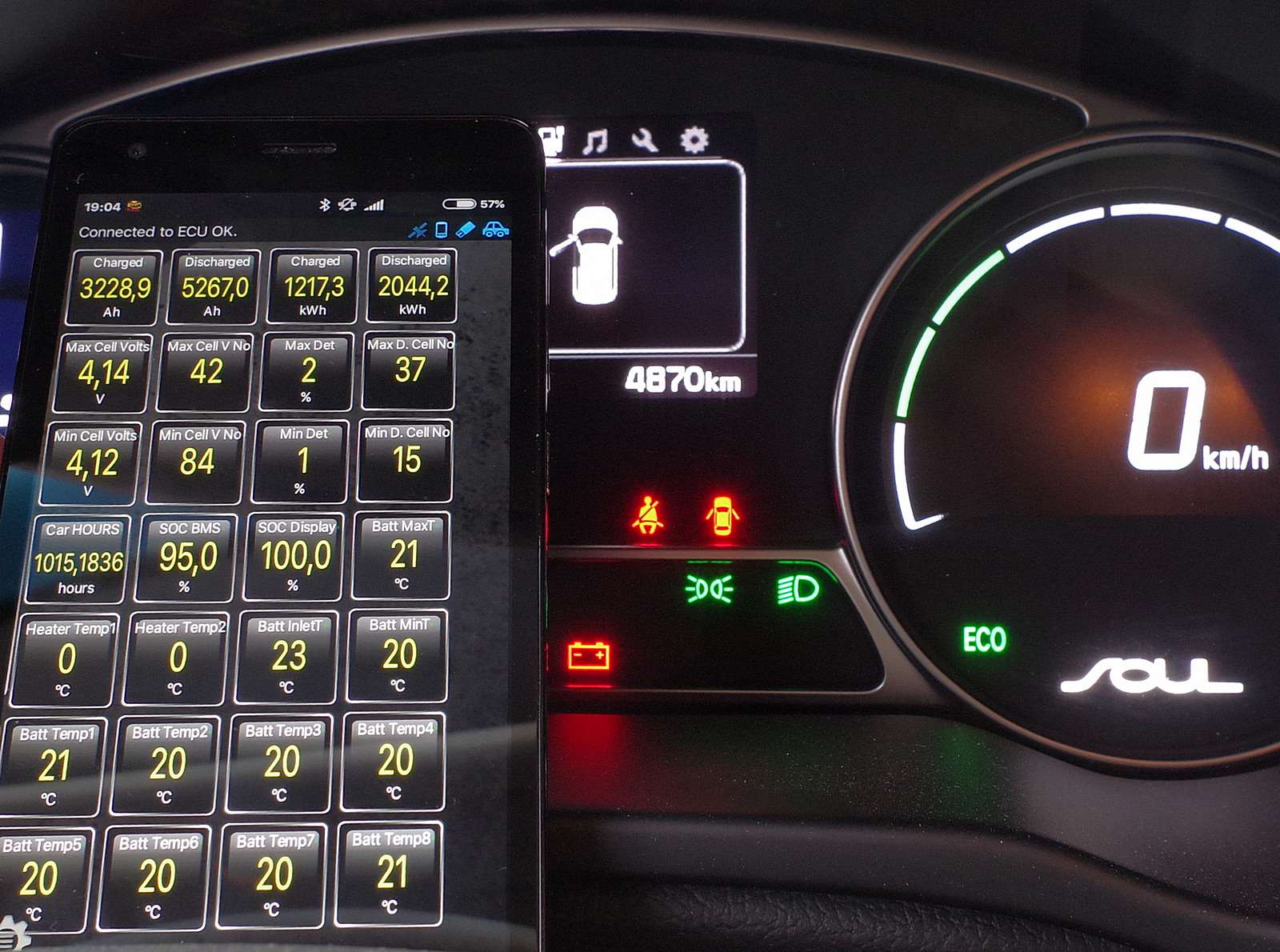SoulEV2016
Well-known member
- Joined
- Jul 18, 2016
- Messages
- 572
ON = 100% accelerator
OFF = 100% regenerative braking
Usually no pedal brake before 4 meters.
Usually always 4 blues squares on regenerative braking.
In futur torque Pro LOGs, you can read the km/kWh column.
Usually trip is like that : http://imageshack.com/a/img924/2295/MsBgY1.png
Usually highway trip :
http://imageshack.com/a/img922/866/wsYbD5.png
http://imageshack.com/a/img924/3633/CENTF3.png
http://imageshack.com/a/img924/2191/gSKldW.png
OFF = 100% regenerative braking
Usually no pedal brake before 4 meters.
Usually always 4 blues squares on regenerative braking.
In futur torque Pro LOGs, you can read the km/kWh column.
Usually trip is like that : http://imageshack.com/a/img924/2295/MsBgY1.png
Usually highway trip :
http://imageshack.com/a/img922/866/wsYbD5.png
http://imageshack.com/a/img924/3633/CENTF3.png
http://imageshack.com/a/img924/2191/gSKldW.png




































